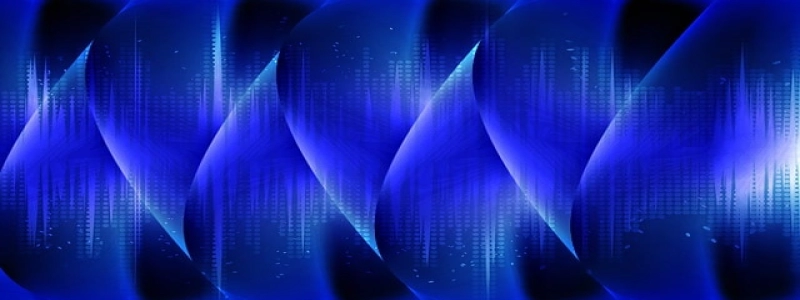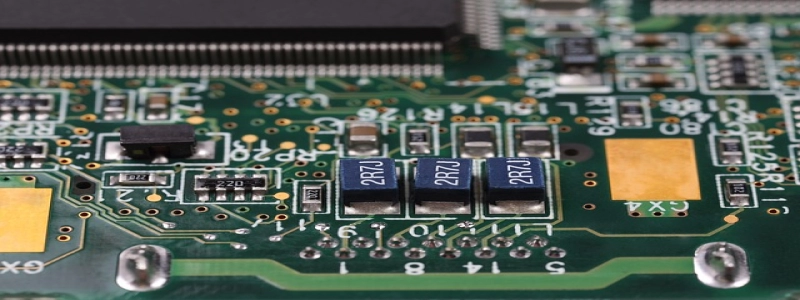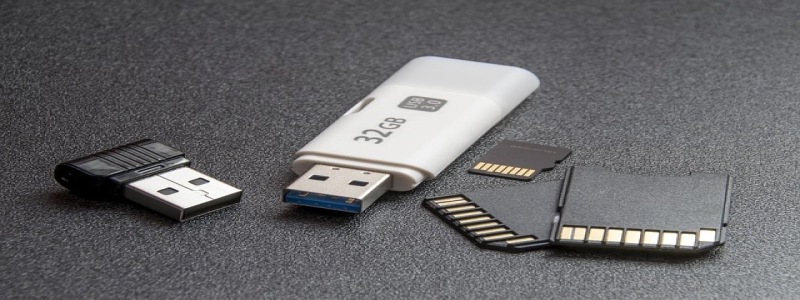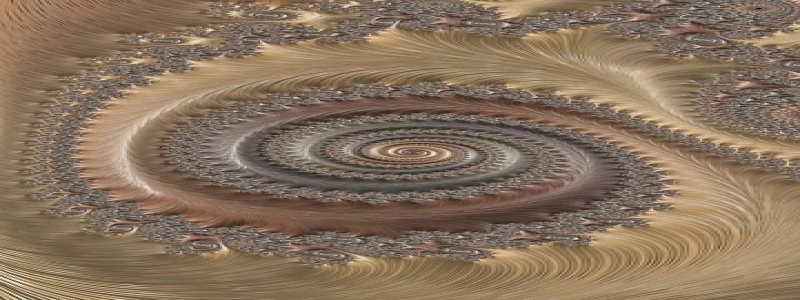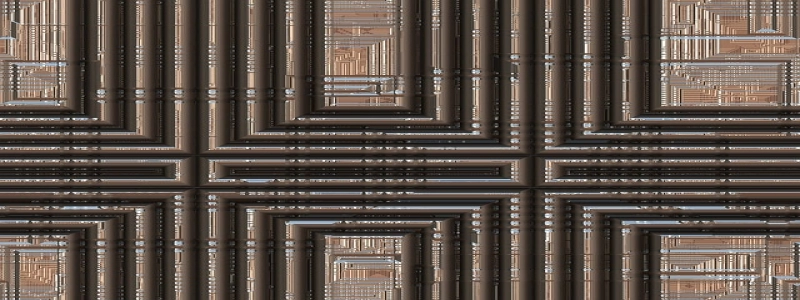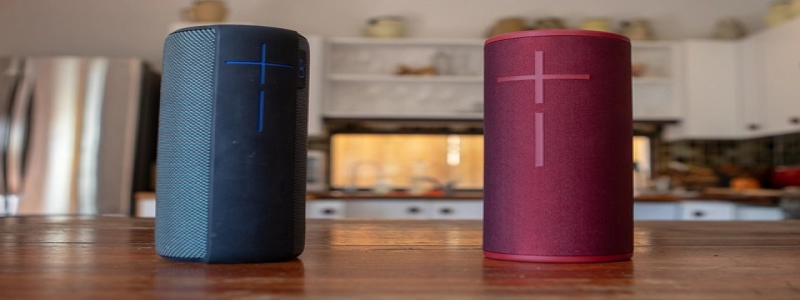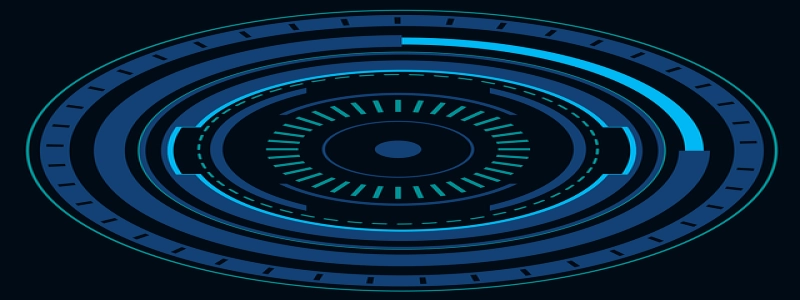Fiber Optic Cable Inside
Introduction:
Fiber optic cables, often referred to as optical fibers, have revolutionized the world of telecommunications and data transmission. These cables, made up of thin strands of glass or plastic fibers, carry information in the form of light signals. In this article, we will explore the anatomy of a fiber optic cable and understand how it functions in transmitting data over long distances with high speed and reliability.
I. Structure of a fiber optic cable:
A. Core:
The core is the central part of the fiber optic cable, through which the light signals travel. It is typically made of glass, although some cables use plastic for specific applications. The core is extremely thin, usually less than a human hair, and can vary in diameter depending on the cable’s specifications.
B. Cladding:
Surrounding the core is the cladding, which is made of another layer of glass or plastic. The cladding has a lower refractive index than the core, allowing the light signals to travel through the core via total internal reflection. This prevents the light from escaping the core and ensures efficient transmission.
C. Buffer coating:
To protect the core and cladding, a buffer coating is applied. This coating is usually made of a polymer material and provides insulation and mechanical strength to the fragile fiber. The buffer coating also prevents external elements from interfering with the signal transmission.
II. How fiber optic cables transmit data:
A. Principle of total internal reflection:
When light signals enter the core of a fiber optic cable, they continuously bounce off the walls due to the difference in refractive index between the core and cladding. This phenomenon is known as total internal reflection, which ensures that the light signals remain within the core and travel along the cable without loss of intensity.
B. Light-emitting diodes (LEDs) and lasers as light sources:
To transmit data through fiber optic cables, light sources such as LEDs or lasers are used. These light sources produce intense beams of light that represent the digital information to be transmitted. The light signals are then modulated to encode the data, allowing it to be carried by the light waves.
C. Data transmission through modulation:
To transmit data effectively, fiber optic cables utilize various modulation techniques such as amplitude modulation (AM) or frequency modulation (FM). These techniques convert the digital information into variations in the intensity or frequency of the light signals, enabling the data to be transmitted as light pulses.
III. Advantages and applications of fiber optic cables:
A. Advantages of fiber optic cables:
1. High bandwidth: Fiber optic cables can transmit large amounts of data at incredibly high speeds, allowing for faster communication and data transfer.
2. Long-distance transmission: Unlike traditional copper cables, fiber optic cables can transmit data over long distances without losing signal quality or experiencing significant signal degradation.
3. Immunity to electromagnetic interference: Fiber optic cables are immune to electromagnetic interference, making them ideal for use in environments with high electrical interference or near power lines.
B. Applications of fiber optic cables:
1. Telecommunications: Fiber optic cables are widely used in telecommunications networks to transmit voice, data, and video signals over long distances.
2. Internet connectivity: Fiber optic cables serve as the backbone of internet connectivity, enabling high-speed and reliable internet connections.
3. Medical imaging: Fiber optic cables are used in various medical imaging applications, providing clear and high-resolution images for diagnostic purposes.
Conclusion:
Fiber optic cables are a vital component of modern communication systems, offering high-speed data transmission, long-distance capability, and immunity to electromagnetic interference. With their numerous advantages and diverse applications, fiber optic cables have revolutionized the way we communicate and access information in today’s digital world.

